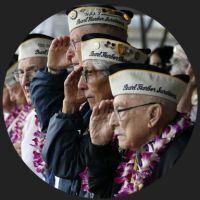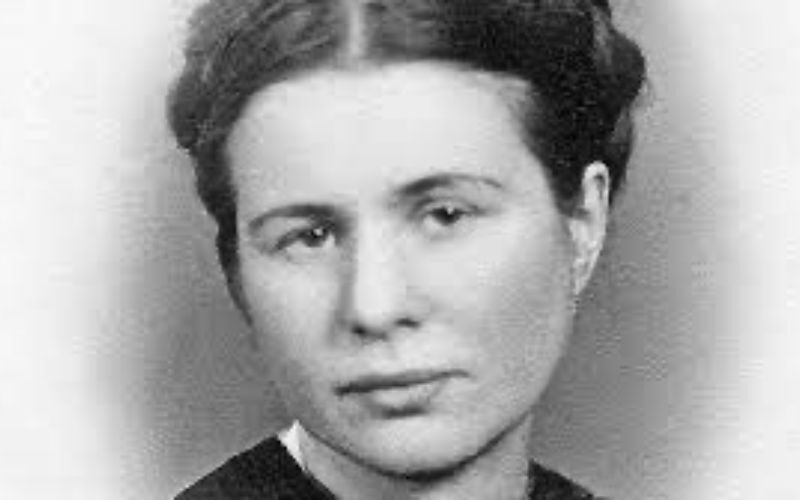Pearl Harbor Veterans

Pearl Harbor
December 7, 1941
A date which will live in infamy...No matter how long it may take us to overcome this premeditated invasion, the American people in their righteous might, will win through to absolute victory.
~President Franklin D. Roosevelt
There are places and events of such singular significance that they are part of both personal history and national identity. Pearl Harbor is such a place.
Indelible memories link Americans to Pearl Harbor. It is a place of pilgrimage not only for the generation that fought in World War II, but also for their descendants, in some families into the fourth post-war generation. Pearl Harbor has also become a place of pilgrimage for people of countries drawn into the maelstrom of war, including hundreds of thousands of Japanese.
Pearl Harbor is now a healing place, a place of mana, as the Hawaiians call spiritual power. A visit creates a lingering silence, a meditatitive evaluation of war and idealism, loss and rebirth, faith and the sacrifice life sometimes demands. In this it offers a univeral message that truly honors all those lost that day. Today, Pearl Harbor is also home to the USS Missouri, where the Japanese Instrument of Surrender was signed in Tokyo Bay on September 2, 1945, ending this most brutal of wars. Ford Island, in the center of Pearl Harbor's East Loch, is home to the Pacific Aviation Museum and memorials to those who died on December 7th aboard the USS Oklahoma, where 429 lives were lost, and the USS Utah, where 58 seaman perished, second and third in number of fatalities due to the attack. Along with Luke airfield, they are part of the Valor in the Pacific National Monument, created by Congress in 2008.
Granted to the U.S. in negotiations with the Hawaiian government related to the import of Hawaiian sugar in 1887, Pearl Harbor grew in importance over the years, making a quantum leap when the U.S. headquarted its Pacific Fleet in 1940. By 1942, Hawai'i was on a war footing, although few anticipated the timing or impact of events that would make December 7, 1941 a date remembered by people around the world. It was Japan's attack on Pearl Harbor that made this isolated port on O'ahu's southern coast a familiar name. Newspapers around the world carried the news of the attack, with maps and pictures that vividly and tragically introduced Pearl Harbor to the outside world.
So profound was the outcome of the attack on Pearl Harbor that it remains Hawai'i's premier visitor attraction. Each year nearly 1.6 million people make their way to the Valor in the Pacific National Monument Visitor Center and other historic Pearl Harbor sights, including the USS California and the USS Utah, that since December 2008, are part of the World War II Valor in the Pacific National Monument. It is not only Americans who come to pay homage, but also people of many nations, including the Japanese, for whom this place has an equally compelling message. As it was a date burned into the national consciousness of the United States, so too was it a milestone for Japan--for the war that ensued from this precipitious attack would ultimately result in a defeat so complete as to strip Japan of much of its past.
Yet today, Pearl Harbor is a symbol of perseverance and courage. It is the story of a generation that sacrificed for the common good and bravely brought victory from disaster.
Adapted from Pearl Harbor: From Fishponds to Warships by Allan Seiden (Mutual Publishing, 2001).

